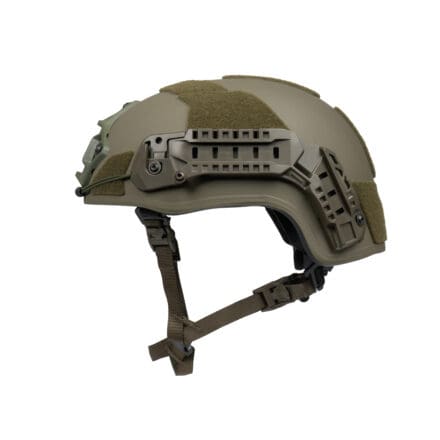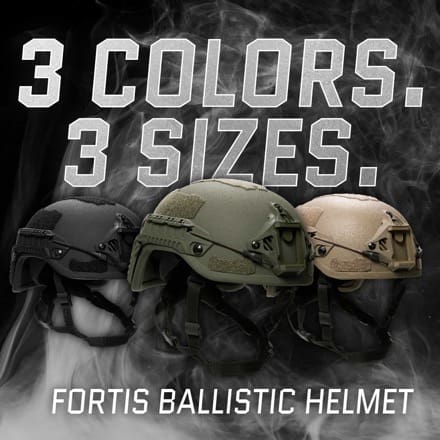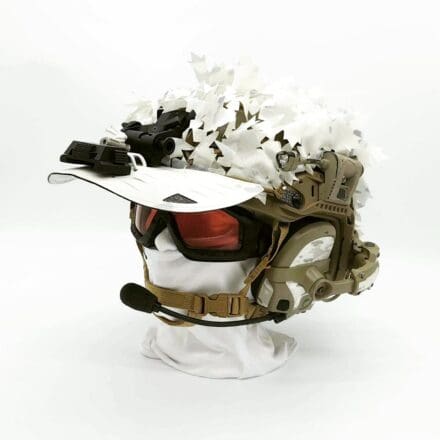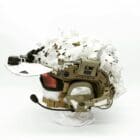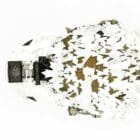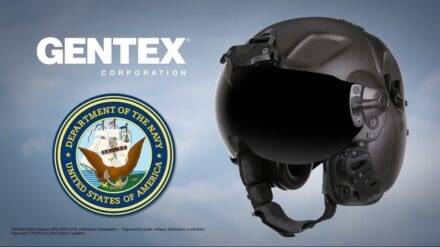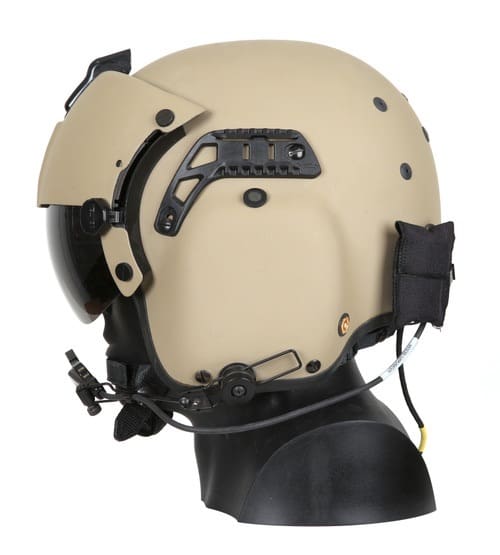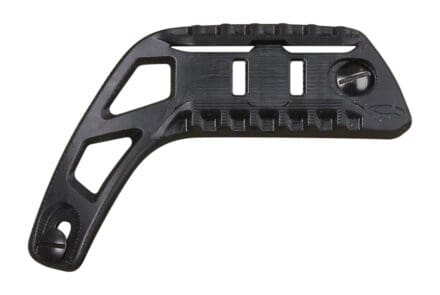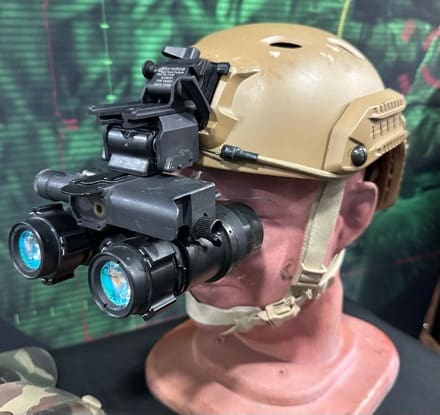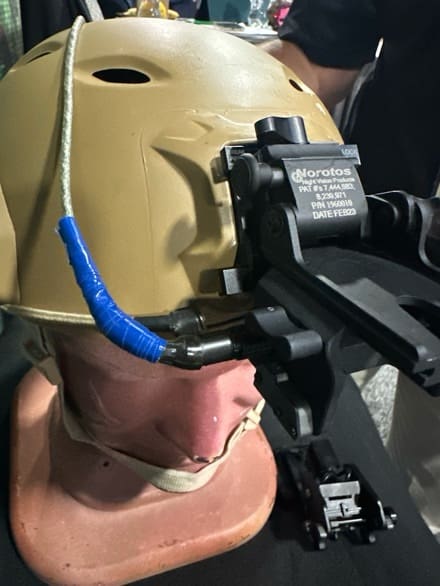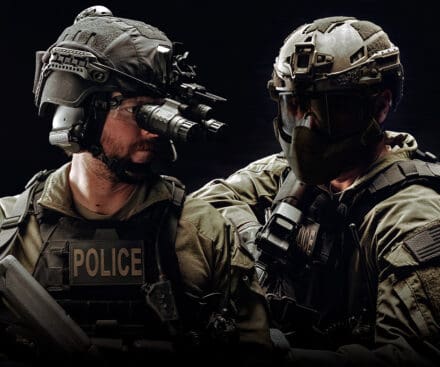
Galvion, a world leader in the design and manufacture of innovative head systems, power and data management solutions, and integrated soldier systems, is excited to officially preview two additions to their head systems portfolio at SHOT Show 2025. The additions include the introduction of the commercial Batlskin Hellbender™ TE (Tactical Edition) helmet, as well as the new Batlskin Caiman® SAR (Search and Rescue) helmet. The new helmets, alongside Galvion’s wider range of head system and power and data solutions, are being exhibited at booth 32003 at SHOT Show 2025, taking place in Las Vegas, 21-24 January 2025.
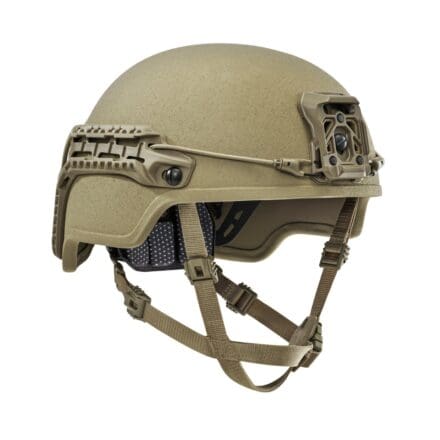
Batlskin Hellbender™ is the commercial name for Galvion’s successful PDxT™ helmet platform. In its military PDxT guise, the helmet system has been fielded across multiple international programs to meet a variety of requirements, and is being assessed by many more, including the United States Marine Corps (USMC). The proprietary geometry features an ACH-front with smooth ear transition and a ridged back, offering structural rigidity, increased rear ballistic protection and improved impact protection. The new Batlskin Hellbender™ TE helmet features hybridized layer construction with Ultra High Molecular Weight Polyethylene (UHMWPE) ballistic core and is available in hi-cut or a unique mid/full cut that provides the ideal balance between full coverage and easy communications integration. Configurable to meet a variety of mission needs with a suite of modular accessories, and compatible with our best-in-class APEX™ liner system, the Hellbender TE can be tailored for military and law enforcement applications and will be available for purchase in mid-2025.

Additionally, Galvion is unveiling the Batlskin Caiman® SAR, a new Search and Rescue helmet that expands its flagship Caiman suite of head systems. The ultra lightweight high-impact polymer helmet features Galvion’s new 3-hole shroud and its best-in-class APEX™ liner system. Like Galvion’s other Caiman helmets, the SAR comes in five (5) sizes, ensuring users are wearing the lightest, most comfortable, and most stable helmet possible. The new Caiman SAR will be available for order in late 2025 in both vented and ventless options, across a variety of colors, including red, yellow, orange.
Todd Stirtzinger, CEO at Galvion, said: “We are excited to unveil these new head systems to our First Responder network of users. We have over 100,000 of our PDxT head systems in use globally, and each program fielded brings new feedback, customizations and insights that result in a better product for end-users. The time was right to add this thoughtfully designed platform to our commercial range, and we expect to expand the Batlskin Hellbender suite of products over the coming years to serve a variety of operator needs.” He added: “The development of the Caiman SAR stems directly from operator feedback and introduces our new Galvion 3-hole shroud to the market.
The global adoption of the Caiman platform is spreading, and the SAR helmet offers a new range of specialist operators the opportunity to experience the unrivalled comfort and performance of this mission-proven platform.”


